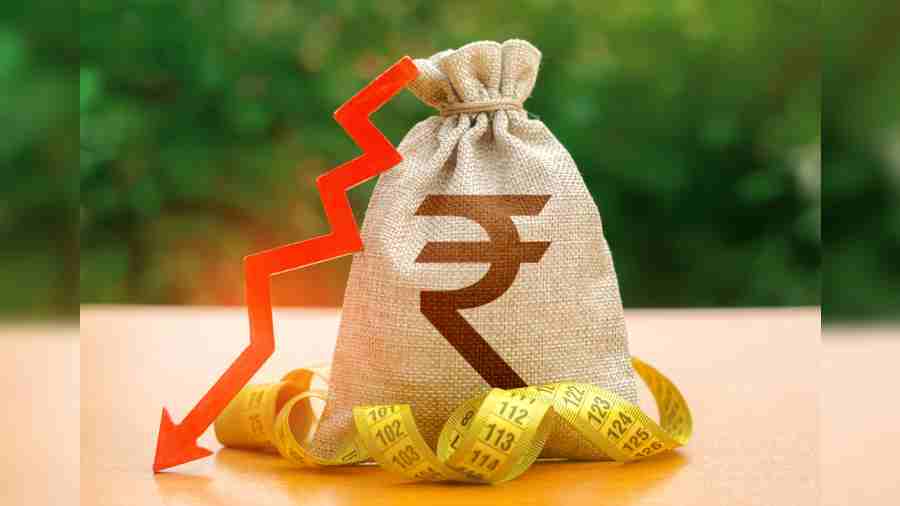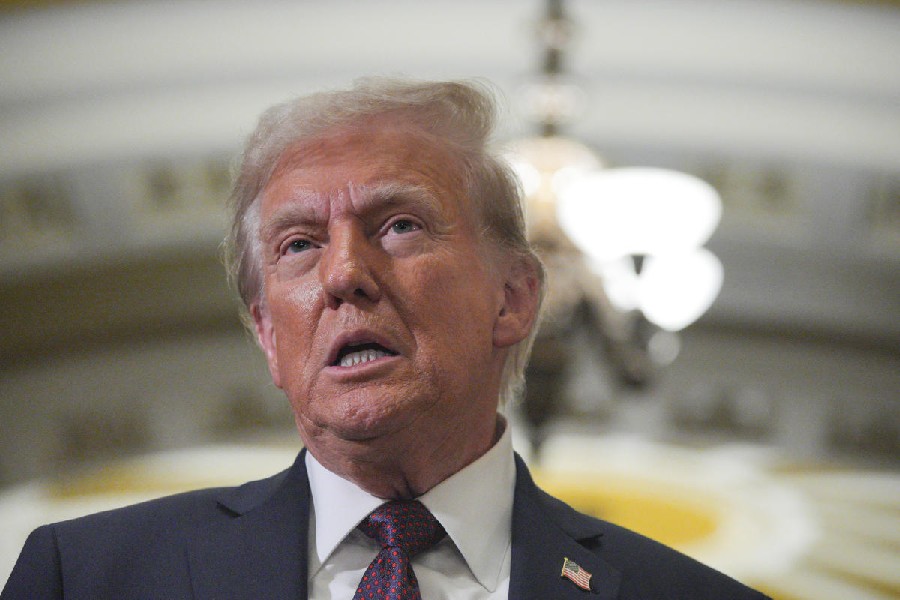The finance ministry has come up with a nuanced explanation for the sharp decline in the value of the rupee against the US dollar in an attempt to overcome the embarrassment over Nirmala Sitharaman’s recent querulous argument that the Indian currency hadn’t actually weakened but rather the dollar had strengthened.
The seemingly fatuous comment had triggered a storm of derisive memes and comments on social media.
A report released by the finance ministry said: “In addition to the increases in the Federal Reserve policy rates, local reasons such as the sensitivity of capital flows to changes in Fed rates and dependence on fuel and food imports, whose prices have risen following the outbreak of the Russian-Ukraine conflict, have also played a role in the depreciation of currencies against the dollar.
“All major commodity-importing countries, including India, have an additional reason explaining the depreciation in their exchange rate.”
The current uncertainty, wrought by geopolitical tensions, monetary policy tightening by Fed, and widening CAD, has exerted pressure on the rupee-dollar exchange rate.
This is not entirely unexpected as past evidence shows that whenever the Fed tightens its monetary policy, the dollar tends to appreciate against most currencies.
“However, unlike the taper tantrum in 2013 when the dollar strengthened against the currencies of most of the EMEs, the macroeconomic fundamentals of the Indian economy are now stronger and forex reserves are ample,” the report said.
Shilan Shah, senior India economist, CapitalEconomics, said: “The rupee will continue to depreciate gradually amid broad dollar strength, to around 85/$ by the middle of next year.
Thereafter, we think the rupee will recover as the Fed eases off the brakes and US treasury yields fall back, and as commodity prices take a leg down amid a worsening global growth outlook.”
The finance ministry said fiscal and monetary authorities in the country must remain watchful as prospects of an extended period of subdued global growth and trade, and continuous hike in US interest rates cast a pall of uncertainty over India’s external sector.











